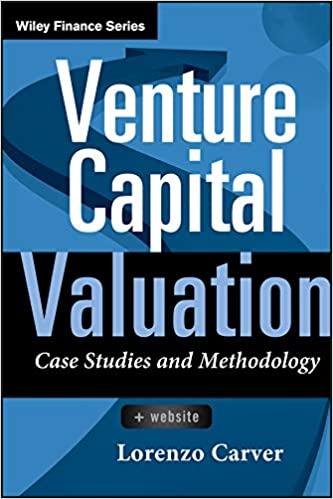Question
Consider two well-diversified portfolios A and B that conform to a two-factor model (the two shocks to factors, F1,t and F2,t, have zero means), that
Consider two well-diversified portfolios A and B that conform to a two-factor model (the two shocks to factors, F1,t and F2,t, have zero means), that is, their alphas are equal to zero, and the risk-free rate (assume that you may both lend and borrow at the risk-free rate). All returns are expressed in percentage points:
rA,t = 10.4 + 0.5 F1,t + 0.7 F2,t ;
rB,t = 20.3 + 1.5 F1,t + 1.4 F2,t ; rf = 3.
a) Construct a portfolio P-1 out of A and B that is not sensitive to F1. Report its weights wA and wB. How sensitive is P-1 to F2 (how many units of factor-2 risk)? Using these calculations, produce a factor portfolio for factor 2, FP2, by combining P-1 with the risk-free asset. Report the portfolio composition of FP2, that is, the weights that FP2 places on A, B, and the risk-free asset.
b) What is the expected rate of return predicted by the two-factor model for portfolio C (Hint: Is the alpha of portfolio C equal to zero?):
rC,t = 14.6 + 1.1 F1,t + 0.8 F2,t .
c) Use portfolios A, B, and C, and the risk-free asset to construct a zero-cost portfolio P(C) that would generate arbitrage profits. Report the resulting positions on A, B, C, and the risk-free asset (assume the absolute value of the position in C is $1 to set the scale of arbitrage). What is the perdollar expected gain from P(C)?
Step by Step Solution
There are 3 Steps involved in it
Step: 1

Get Instant Access to Expert-Tailored Solutions
See step-by-step solutions with expert insights and AI powered tools for academic success
Step: 2

Step: 3

Ace Your Homework with AI
Get the answers you need in no time with our AI-driven, step-by-step assistance
Get Started


